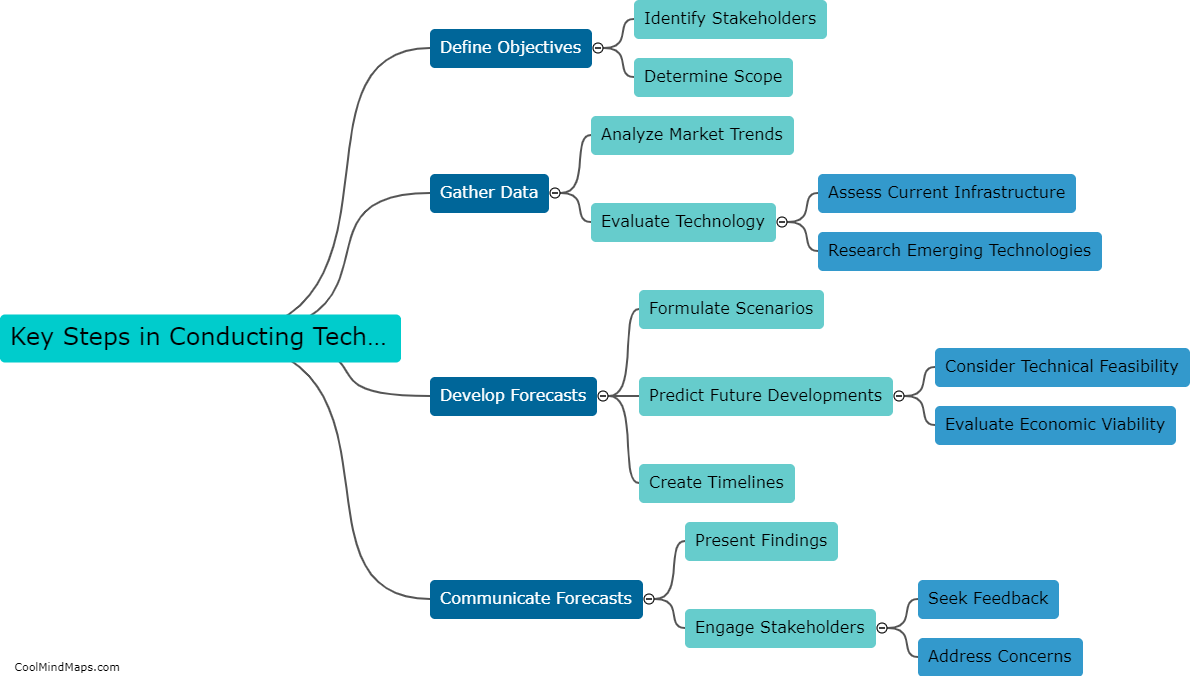What are the limitations of technological forecasting?
Technological forecasting plays a crucial role in anticipating and planning for the future advancements in technology. However, there are several limitations associated with this approach. Firstly, technological forecasting relies heavily on historical data and trends, which may not accurately predict unforeseen disruptions or breakthrough innovations. Additionally, the rapidly changing landscape of technology makes it difficult to accurately project long-term outcomes. Furthermore, human factors such as subjective bias and over-optimism can influence forecasting results. Another limitation is that forecasting can overlook the social, ethical, and environmental implications of technological advancements, thereby neglecting to address potential negative consequences. Lastly, technological forecasting often fails to consider the interdependencies and complex interactions between different technologies, leading to inaccuracies in predicting their future trajectories. Overall, while technological forecasting is a valuable tool, it must be used with caution, recognizing its inherent limitations.

This mind map was published on 19 November 2023 and has been viewed 95 times.











